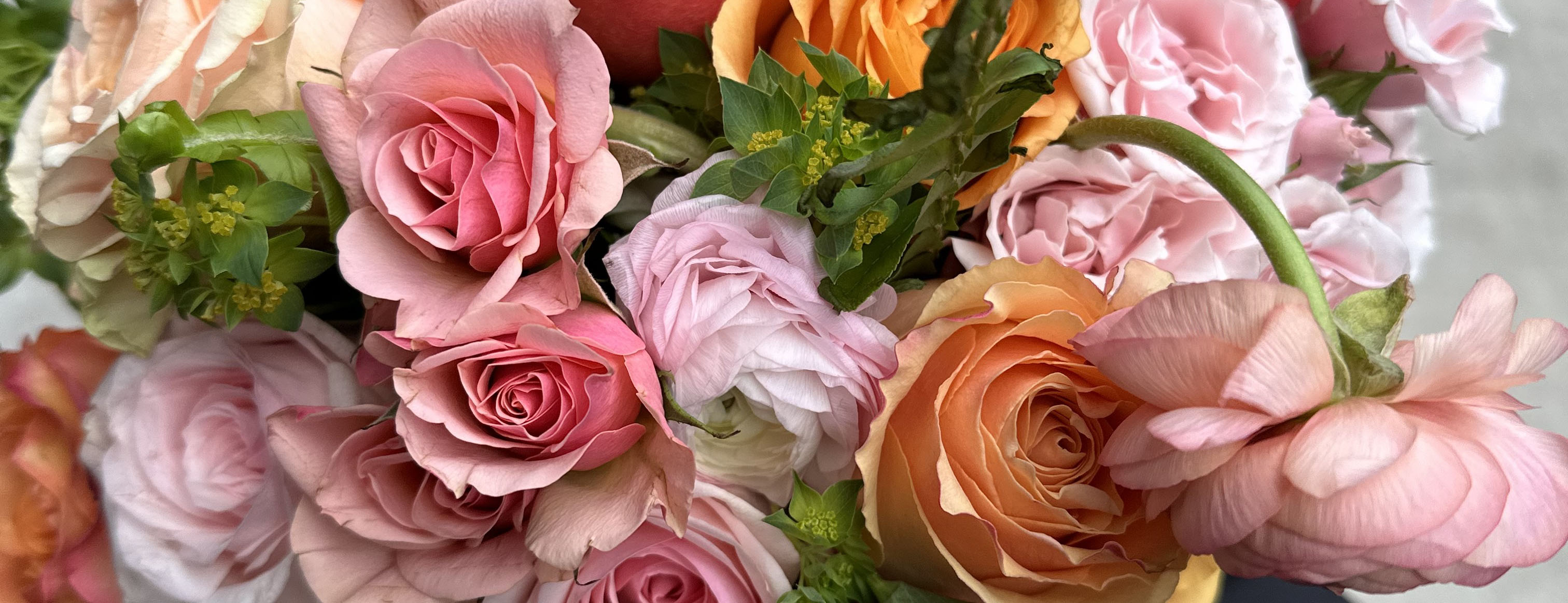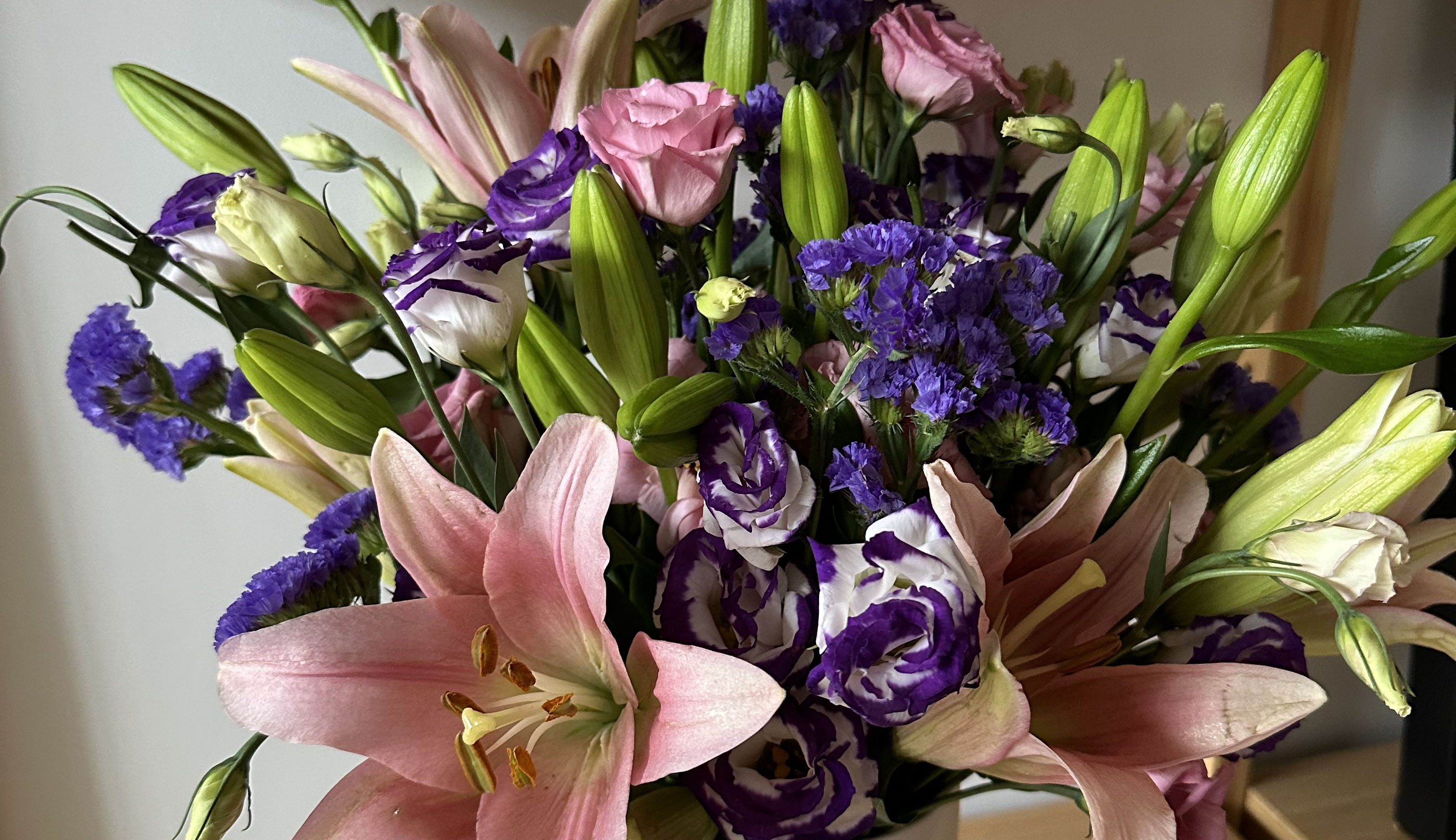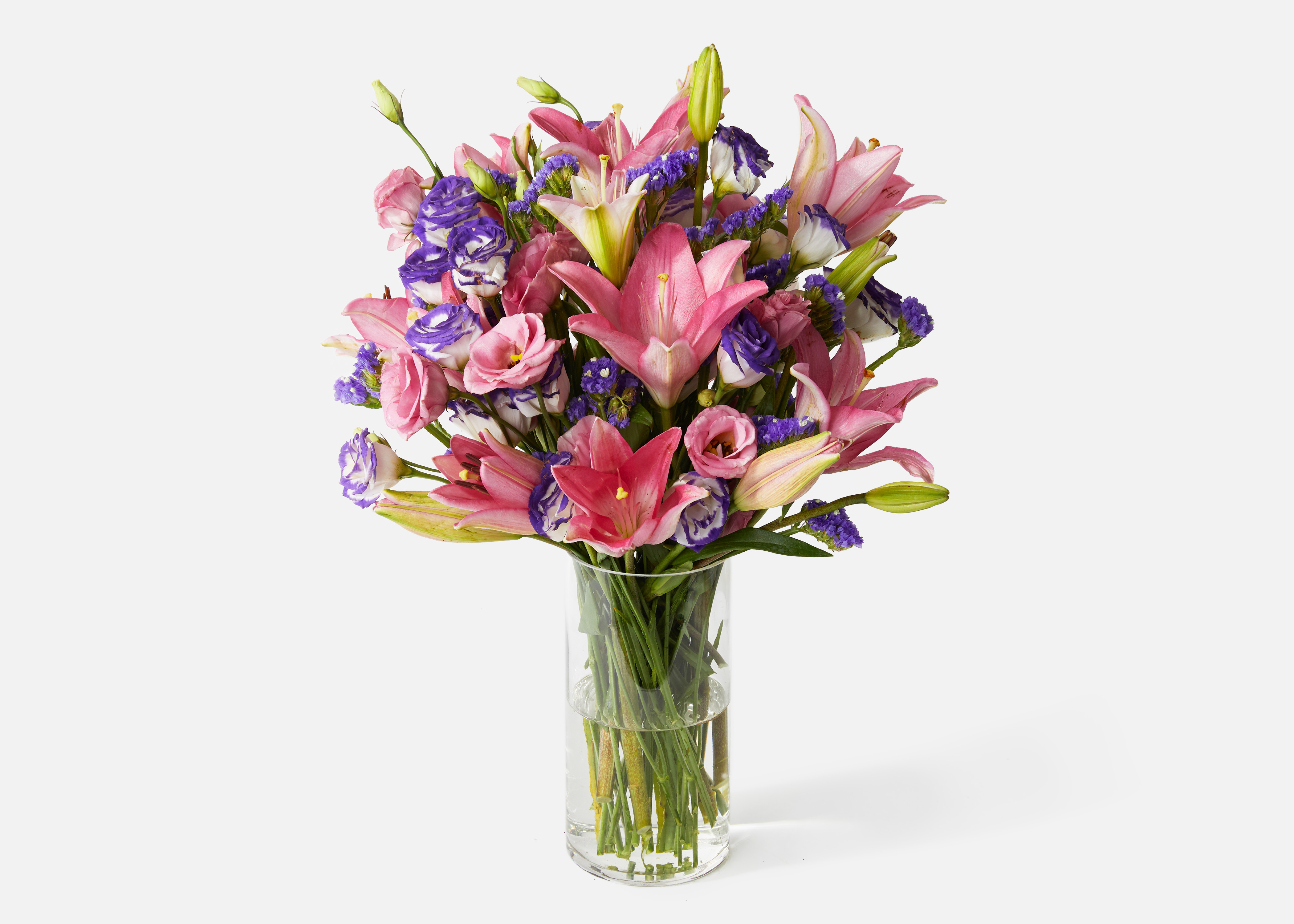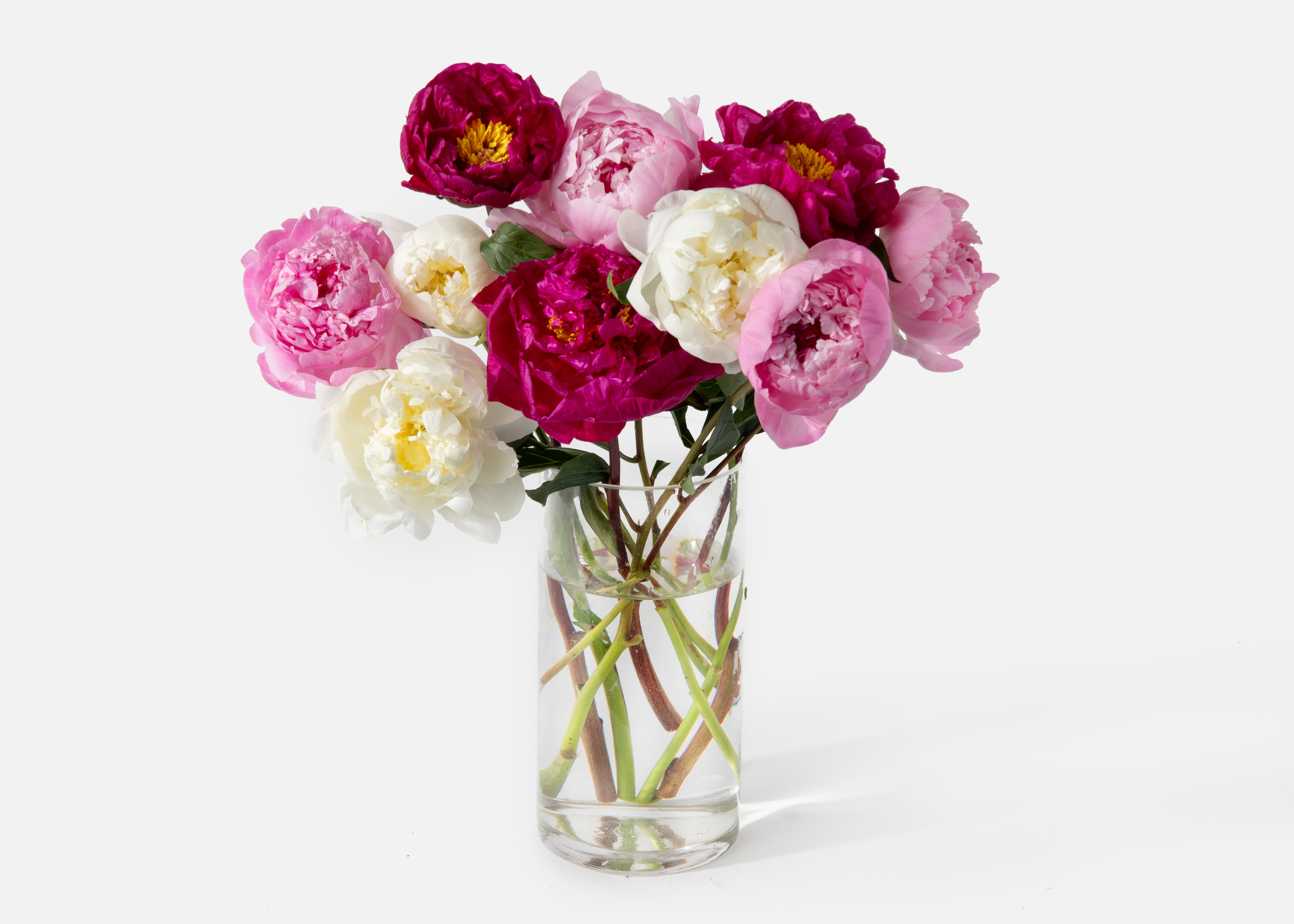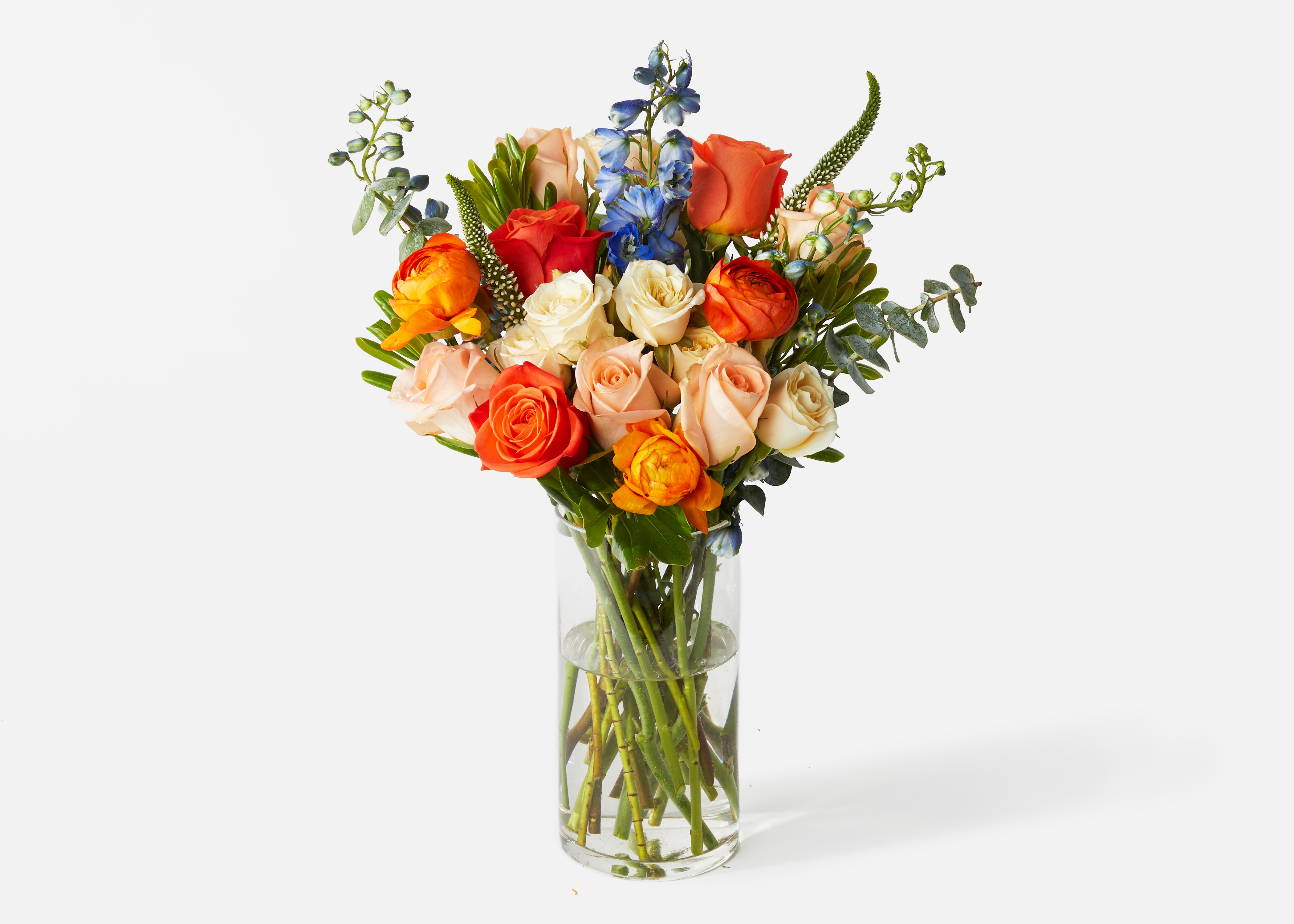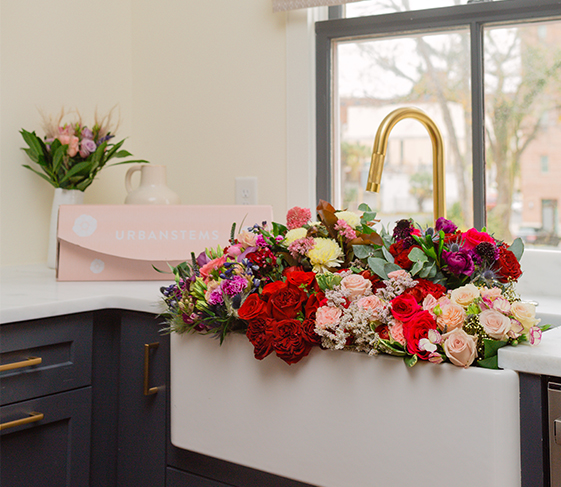Spring is famously a time of renewal. It marks the end of the winter and the beginning of warmer temperatures. Animals come out of hibernation, and birds return from their winter homes. Soil temperatures rise, making it possible for plants to grow again. The warmer temperatures encourage trees to sprout new leaves.
And let’s be honest: we’re ready for some warmer temperatures too! While winter certainly has its charms, the promise of warmer weather around the corner is something that excites and inspires most of us. This excitement for spring is partially biological in nature — during the shorter, darker days of winter, our bodies produce more melatonin, a hormone that makes us tired. As the days get longer, we produce less of this hormone, which translates to more energy.
Doing some spring cleaning is a great way to use some of that excess energy. And the flowers and plants in your living space might be among the things that could use a makeover. Here are some tips for what to do with the flowers and plants that might not have made it through the winter.
Spring Cleaning: What To Do With Dead Flowers and Plants
- Clean Up and Compost
- Drying and Preserving
- Deadheading Your Bulbs
- Revitalizing Your Space
